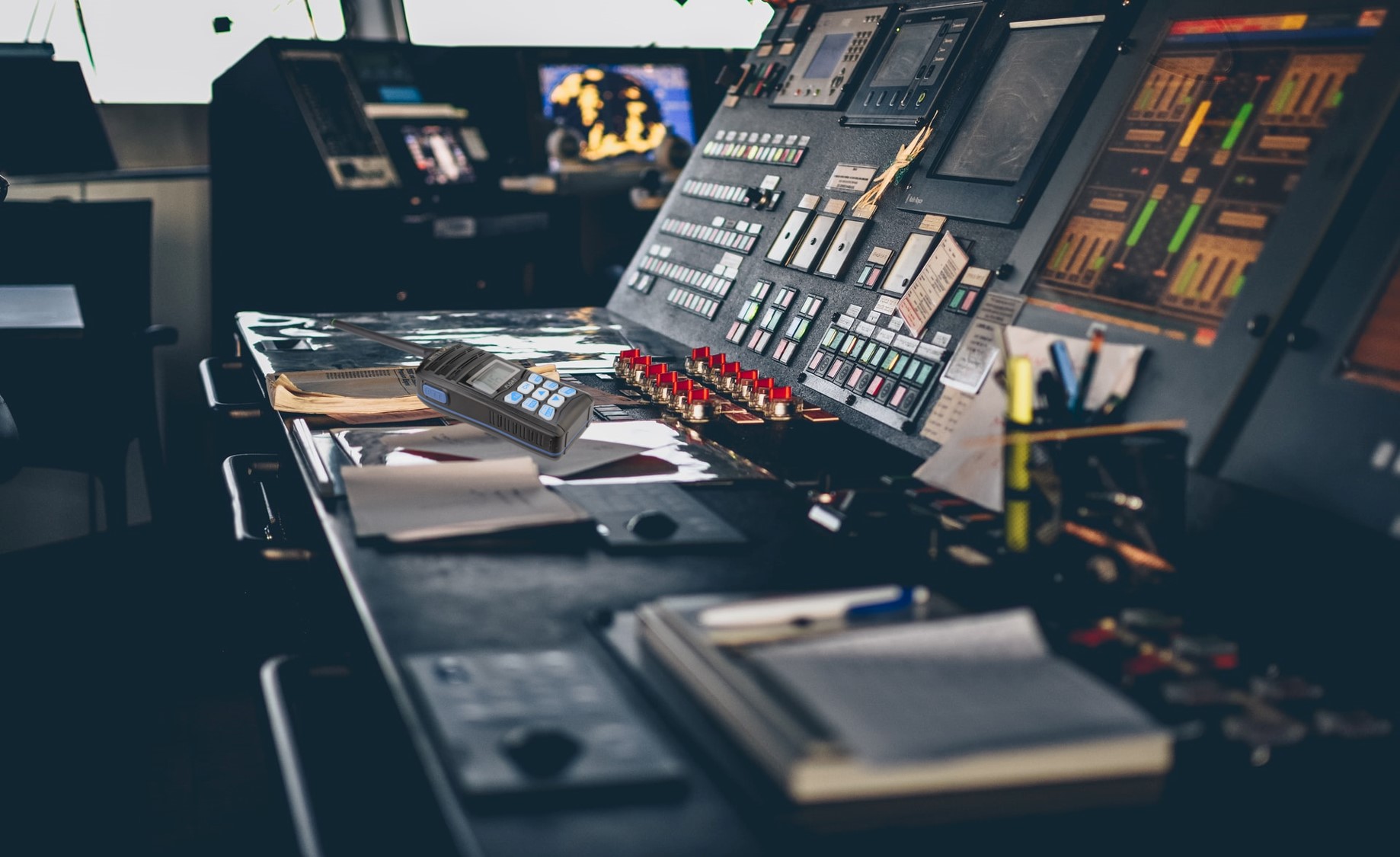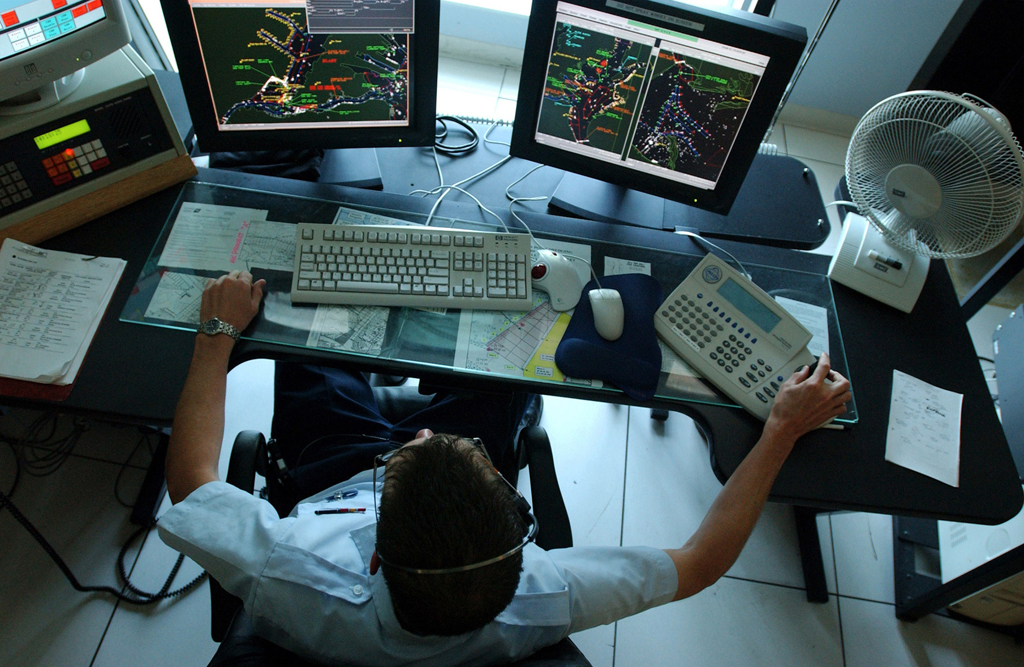What are the AIS functions?

With more and more leisure boats venturing further from their local shores, safety is paramount. Leisure boat users may be sailing in the same waters as large commercial vessels and will need to have their position and information noted to avoid any collision. This is what AIS (Automatic Identification System) does.

AIS Classification:
There are 2 types of AIS classes used by ships, Class-A and Class-B.
Class-A:
This class is used by commercial ships and they operate on 12 watts while transmitting their information typically every 2 to 12 seconds (depending on speed or if at anchor) with a range of 20 miles or more if the right antenna is fitted high enough. *
Class-B:
This class is used mainly by leisure boaters and operates at a lower 2 watts, broadcasting less frequently (roughly 30 seconds) and has a range of 5 to 6 miles. * Transmit range only. Receiving range will vary.

AIS can be used in personal locator beacons for members of a ship’s crew. If a crew member was to fall overboard then a small transmitter worn by the crew would activate. Their boat or another vessel will then see the bearing and distance to the person in the water as the AIS information will be displayed on their navigational equipment.
AIS is very reliable as it transmits the GPS location including SOG and COG. AIS also transmits a boats’ specific MMSI number and the vessels name allowing personal contact by Digital Selective Calling (DSC), avoiding vague descriptions (e.g. “ship off my port bow”). This can help to give warnings of close proximity or course corrections. Where visibility is low, AIS can be a great aid as it works like a real time radar offering safety in these dangerous conditions.






